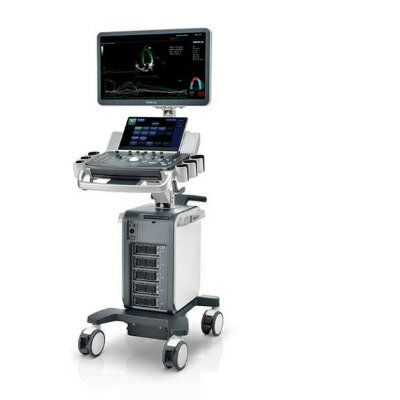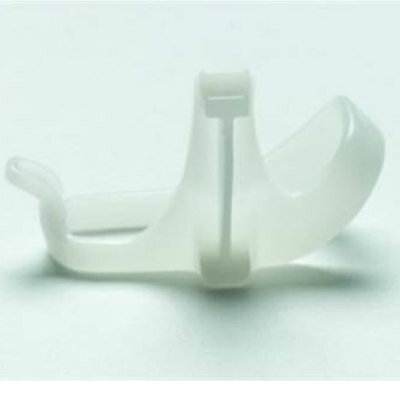Radiotherapy Targets Resistant Pockets in Metastatic Lung Cancer
By MedImaging International staff writers
Posted on 09 Jan 2013
New research revealed that when pockets of resistant cancer develop, it is frequently possible to target these resistant areas with focused, targeted radiation while continuing administering the cancer agents to retain control of the majority of the disease that continues to depend on the primary mutation. Posted on 09 Jan 2013
The key ability of cancer is remarkable in its ability to mutate; once it has initiated the process it learns to mutate continuously. This means that different tumors within a single patient or even different areas within the same cancerous deposit may develop different genetic traits. This heterogeneity helps cancer escape control by new, targeted cancer therapy drugs. Two of these targeted cancer drugs, crizotinib and erlotinib, are extremely advantageous for patients whose cancers depend on the basic mutations that the drugs exploit. That is, until pockets of the cancer mutate again, turning their dependence away from the original, targeted mutation. Due to continuing mutation, the unfortunate truth is that while crizotinib and erlotinib extend patients’ lives, the drugs eventually, inevitably, inexorably stop working.
The researchers, from the University of Colorado (UC) Cancer Center (Denver, USA) published their study’s findings in the December 2012 issue of the International Association for the Study of Lung Cancer’s (IASLC) Journal of Thoracic Oncology. “We liken this to weeding the garden,” said Andrew Weickhardt, MD, senior clinical fellow at the CU Cancer Center. “In nearly half of patients, when these drugs stop working, they stop working only in a limited number of sites. Given how well these people tolerate the medication, it made sense to us to treat these isolated spots with radiation [or in one case, surgery], and continue the same drug, which was obviously working elsewhere.”
This study of 65 patients showed that continuing either crizotinib or erlotinib after the treatment of resistant pockets was associated with more than half a year of additional cancer control. The benefit was especially robust when the metastatic lung cancer progressed in the brain. The brain is unfortunately a common site of progression because the molecules of crizotinib and erlotinib have difficulty in passing from the bloodstream into the brain, across the so-called blood-brain barrier. Cancer cells position themselves elusively in the brain, hidden away from the drugs.
“We expect using radiation to zap these pockets of cancer in the brain, and then continuing the targeted therapy to become the standard of care,” said CU Cancer Center investigator, Ross Camidge, MD, PhD, director of the thoracic oncology clinical program at University of Colorado Hospital.
There was also a smaller but still significant progression-free survival advantage for using this application in patients whose cancers progressed originally outside the brain. If and when pockets of crizotinib- or erlotinib-resistant lung cancer are detected, “Clinicians should consider using radiation in the body and especially in the brain to weed the garden while continuing the drug, when there is good ongoing control of the cancer in other sites in the body,” Dr. Weickhardt said.
Related Links:
University of Colorado Cancer Center














